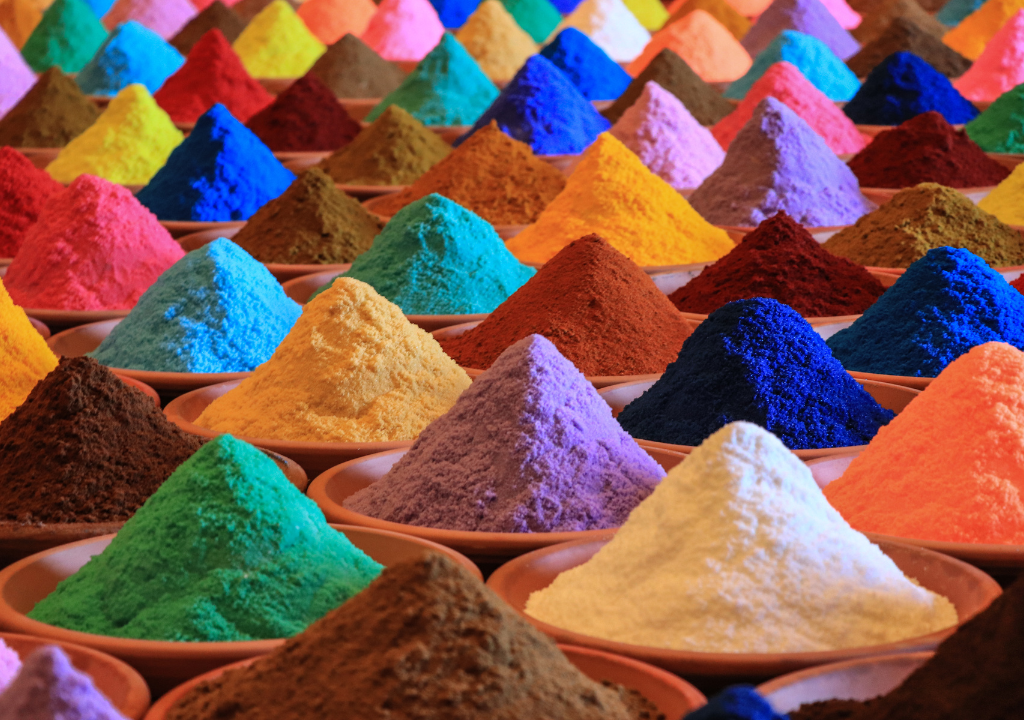US announces plans to phase-out petroleum-based food dyes

Summary
The U.S. FDA has announced plans to phase out petroleum-based food dyes by the end of 2026, beginning with Citrus Red No. 2 and Orange B, and eventually removing six commonly used synthetic dyes. While health advocates welcome the shift, some critics argue the plan lacks formal regulatory action. The FDA aims to replace artificial dyes with natural alternatives.
The U.S. Food and Drug Administration (FDA) has announced a sweeping plan to phase out the use of petroleum-derived synthetic dyes in food products by the end of 2026, signaling a shift toward more natural, health-conscious food ingredients.
As part of the transition, the FDA will begin the process of withdrawing authorization for Citrus Red No. 2 and Orange B, two synthetic colorants rarely used in modern food production. Additionally, the agency stated its intent to eliminate six other synthetic dyes—FD&C Green No. 3, Red No. 40, Yellow No. 5, Yellow No. 6, Blue No. 1, and Blue No. 2—by the end of next year.
Regulatory Push and Industry Reaction
The announcement was made during a press conference on April 22, 2025, where U.S. Health Secretary Robert F. Kennedy Jr. emphasized the need to prioritize consumer health over industrial convenience. “For too long, some food producers have been feeding Americans petroleum-based chemicals without their knowledge or consent,” Kennedy said.

However, the plan has been met with mixed reactions. The Center for Science in the Public Interest (CSPI) criticized the announcement, stating that no official rulemaking has been initiated for the six widely used dyes. “It’s disappointing,” said CSPI president Dr. Peter Lurie. “They announced no formal regulatory actions on the major synthetic dyes, relying instead on informal agreements with parts of the food industry.”
The Consumer Brands Association (CBA) defended the continued use of these colorants, citing decades of safety data and FDA approval. CBA president Melissa Hockstad added that piecemeal state-level regulations would confuse consumers and drive up food costs.
Transition to Natural Colorants
Despite the regulatory ambiguity, the FDA said it is fast-tracking approval of four new natural colorants, with additional ingredients under review, including calcium phosphate, gardenia blue, and butterfly pea flower extract. FDA Commissioner Marty Makary highlighted the agency’s goal of aligning the U.S. with food dye standards already adopted in Europe and Canada.

Makary also emphasized that the shift to natural dyes would not increase food prices, a concern raised by some manufacturers.
Several U.S. states have taken independent action. In March, West Virginia banned seven synthetic dyes in school meals, while the FDA earlier this year proposed a nationwide ban on Red 3 in food and medications by 2027 and 2028, respectively.
Natural Ingredients: A Global Opportunity
As U.S. regulators and food companies grapple with the transition away from synthetic additives, international suppliers of natural food and beverage ingredients are positioned to meet growing demand.
Nam Viet Group (Vinut), a leading Vietnamese manufacturer of fruit-based beverages and natural ingredient solutions, is at the forefront of this shift. With over 40 globally certified production lines (BRCGS, GMP, FSSC 22000, ISO 14001:2015) and exports to more than 200 countries, Nam Viet offers a broad portfolio of naturally colored juice drinks and functional beverages—entirely free from artificial dyes. As U.S. manufacturers seek reliable alternatives that align with evolving health and regulatory standards, partners like Nam Viet represent a future-ready solution built on quality, transparency, and sustainability.
